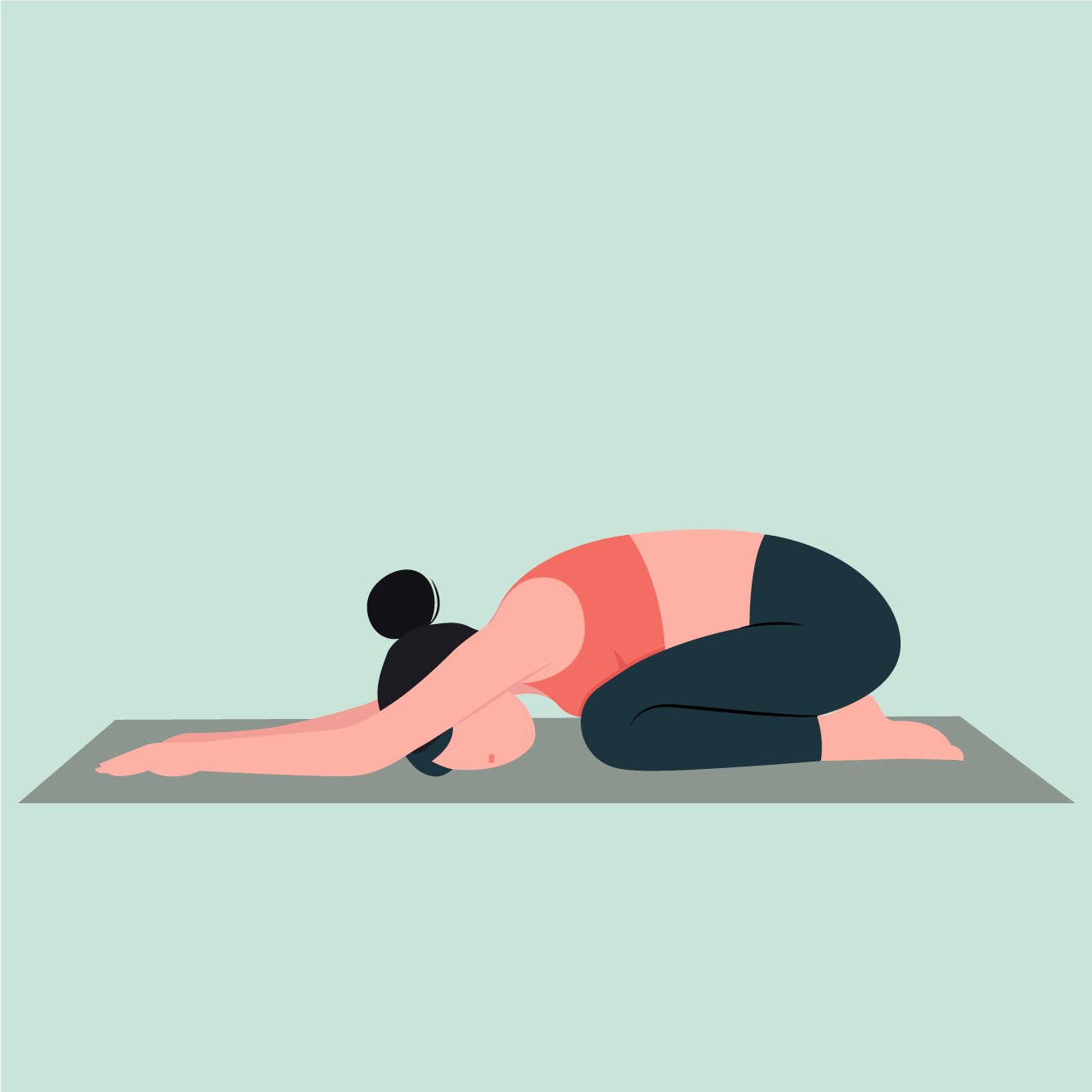What To Expect During ACL Rehab
You’ve just finished your ACL surgery but what’s next? There is a lot of uncertainty filled in the weeks after ACL surgery. Like how long until I can get back to my sport? Will I ever get back to 100%? In this post, we will discuss what to expect during your ACL rehab so you can feel more confident going into it.
ACL rehab after surgery can be broken down into 5 stages: 1) Recovery From Surgery, 2) Strength and Neuromuscular Control, 3) Running, Agility, and Landings, 4) Return to Sport, and 5) Prevention of Re-injury. There are specific criteria (range of motion, strength, etc) that need to be met before you are able to progress to the next stage. Utilizing criteria to progress mitigates risk of injury because it ensures that you have fulfilled the prerequisites to do the next set of activities safely.
1) Recovery From Surgery. After surgery, your knee will be quite swollen and the function of the knee won’t be anywhere near what you are used to (don’t worry, these things are just temporary). During the initial days/weeks after ACL surgery, the main focus will be reducing swelling, pain management, and restoring range of motion in the knee. In addition to those things, you will focus on relearning to engage your quadriceps muscle as it becomes inhibited due to the surgical procedures/swelling in the knee. This stage can feel slow and tedious but know that this stage sets the foundation for rest of the stages.
2) Strength and Neuromuscular Control. After swelling and pain are well managed and you’ve restored your range of motion, you’ll begin to get your muscles that support the knee strong again. You’ll also focus heavily on proprioception (knowing where your knee is in space) and training muscles that help to provide good functional alignment of the trunk, knee, and foot/ankle. This stage of ACL rehab is the longest stage because providers need to make absolutely certain that you have enough prerequisite strength and motor control to complete the next stages safely since you will be moving into more high impact activities.
ACL Rehab can be broken up into 5 stages:
1) Recovery from Surgery, 2) Strength and Neuromuscular Control, 3) Running, Agility, and Landings, 4) Return to Sport, and 5) Prevention of Re-injury.
3) Running, Agility, and Landings. Once you’ve built up enough baseline strength (established through a battery of tests), you’ll be cleared for more high impact activities. During this period, you’ll work on running, agility, and plyometrics/landings. You’ll learn to use the right muscles to attenuate force during these activities as well as maintaining proper functional alignment so your knee isn’t getting overloaded. Lastly, you’ll also start to condition your cardiovascular system so that the transition into return to sport can be seamless.
4) Return to Sport. After you’ve perfected the mechanics of running, agility, and plyometrics/landings, you’ll use those mechanics as you reintegrate into your sport. You’ll begin with restricted return to sport, meaning, you will participate in sport specific drills but these drills will be non-contact at first to allow you to polish off skills. Once you get more comfortable with sport specific skills on your surgically repaired knee, contact from other participants will slowly be reintroduced until you are ready to return without restriction. Again, during this period, there will be a battery of tests used to make sure that you are absolutely ready to return to sport without restrictions.
5) Prevention of Re-injury. It’s important to remember that the work doesn’t stop after you’ve been cleared to return to sport. A secondary injury prevention program - a program that focuses on continuing to strengthen and work on principles addressed during your rehab - can decrease the risk of re-injury after you’re back to sport. Because re-injury rates are so high after return to sport, secondary injury prevention programs should be continued throughout the remainder of your active life.
ACL rehab can be a long, emotional rollercoaster. You’ll have some good days and some bad days but know that the hard work will be worth it. Having a well-designed program that you are consistent with can get you back to 100%, if not stronger after ACL surgery and can help you get back to living life on your own terms.
Other Posts You Might Like
















